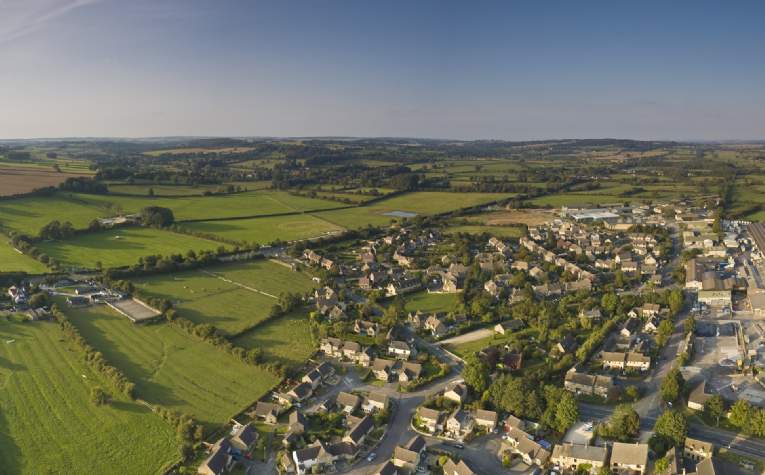What is land reform?
Land reform has been a key policy on the Scottish Government’s agenda since the late 1990s. Land reform seeks to increase the diversity of land ownership across rural Scotland and to create more opportunities for communities to engage in decision-making about local land, and share in the benefits that land can create.
Why is it in the news?
The Scottish Government is planning to bring forward a new Land Reform Bill in this current parliamentary session, and has launched a consultation, ‘Land Reform in a Net Zero Nation’, with proposals on what might be in the new Bill. The consultation closes on 25 September 2022.
What is being proposed?
There is a raft of new proposals within the consultation.
- There is a suggestion to define ‘large scale landholdings’ in Scotland as all properties over 3,000 hectares in size. These landholdings would be required to produce land management plans, which would provide information on community engagement, emissions reduction, nature restoration, future development and detail on any revenue generated from carbon offsetting.
- Large scale landholdings would also undergo a Public Interest Test at point of transfer, with an aim to introduce a pre-emption in favour of community buy out, where appropriate to do so.
- In order for landowners to receive public funding from the Scottish Government, land would need to be registered in the Land Register of Scotland and large-scale landowners required to comply with the Land Rights and Responsibilities Statement and have an up to date Land Management Plan. This echoes proposals for future Scottish agricultural policy, where increased conditionality to receive public payments is a key feature.
- There is a proposal to create a new form of flexible tenancy in Scotland, called a Land Use Tenancy which would enable tenants to deliver multiple land use activities within one tenancy, for example woodland management, agroforestry, peatland restoration and agriculture.
- In order to increase transparency around land ownership, and to ensure that wealth generated in Scotland benefits those who live in Scotland, the Government wants to explore who should be able to acquire large-scale landholdings in Scotland.
- Following the release of the Principles for Responsible Investment in Natural Capital, the Scottish Government intends to use the land reform agenda to support the development of a values-led private natural capital market whereby communities can benefit from new natural capital based investment.
How does this differ from previous land reform legislation?
These new land reform proposals dovetail questions over land ownership, responsibility and community benefit with the rapidly emerging natural capital agenda. There is a clear understanding that the importance of Scotland’s natural environment has increased in real terms due to its potential to support net zero and nature restoration. This new set of land reform proposals from the Scottish Government sees this as an opportunity for Scotland and its communities, couching land reform within a broader context of net zero. There is vision in this approach, even if many of the proposals lack worked-through detail and, sometimes, logic.
Land reform can be a polarising phrase; perhaps the term evolution is better than reform, as inevitably, the best businesses evolve with changing times. This consultation is unafraid to be ambitious and forward-looking in confronting the environmental and social pressures that we place on land. It remains to be seen whether land-based livelihoods become any more viable as a result of these reforms, and whether the slow awakening to rising land use pressures south of the border results in similar accountability for land owners there.
Further information
Contact
.jpg)
.jpg)
.jpg)

.jpg)
.jpg)
.jpg)
.jpg)
.jpg)
.jpg)
